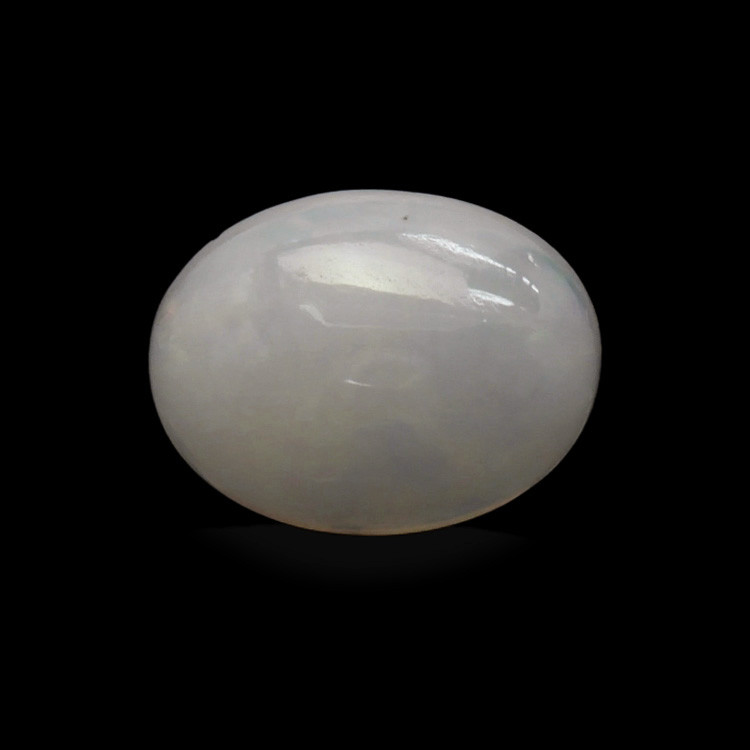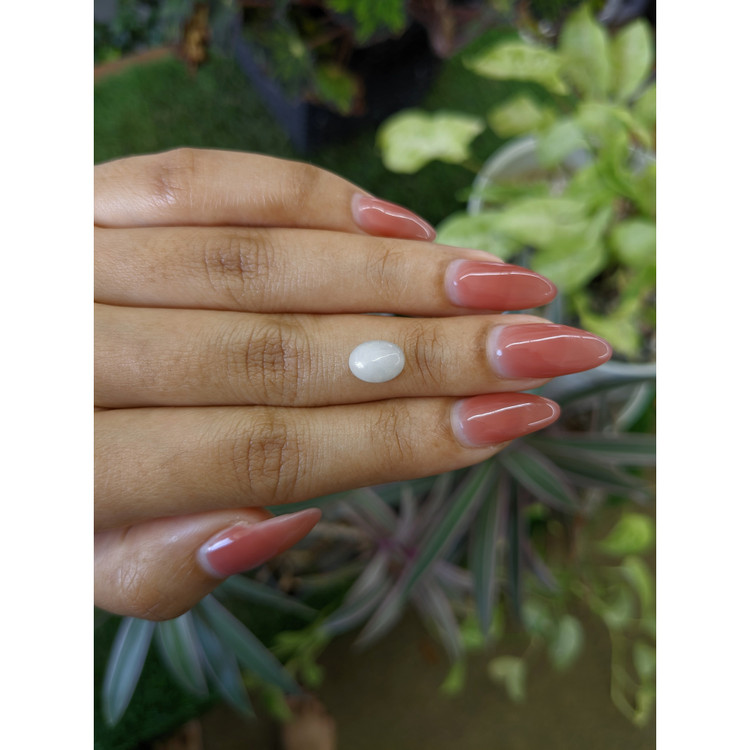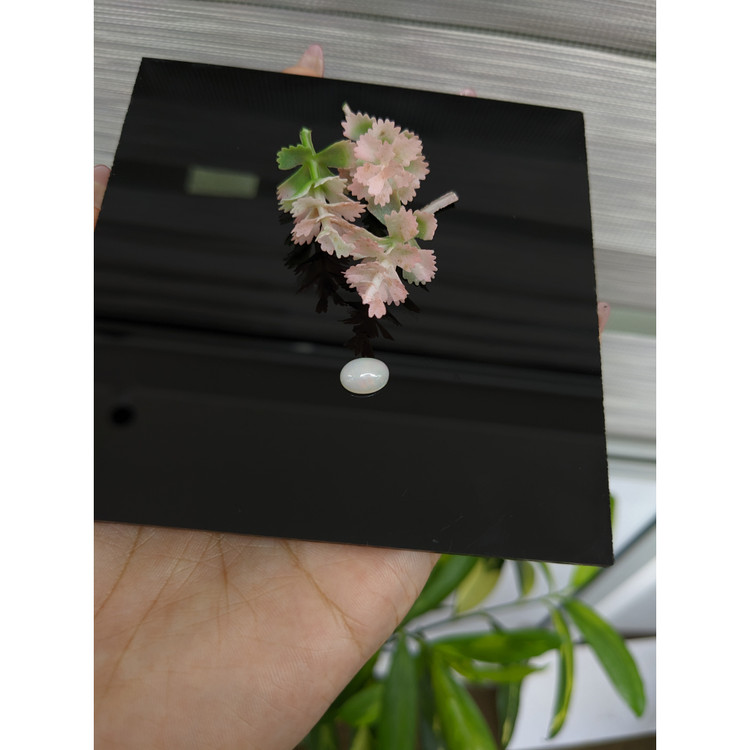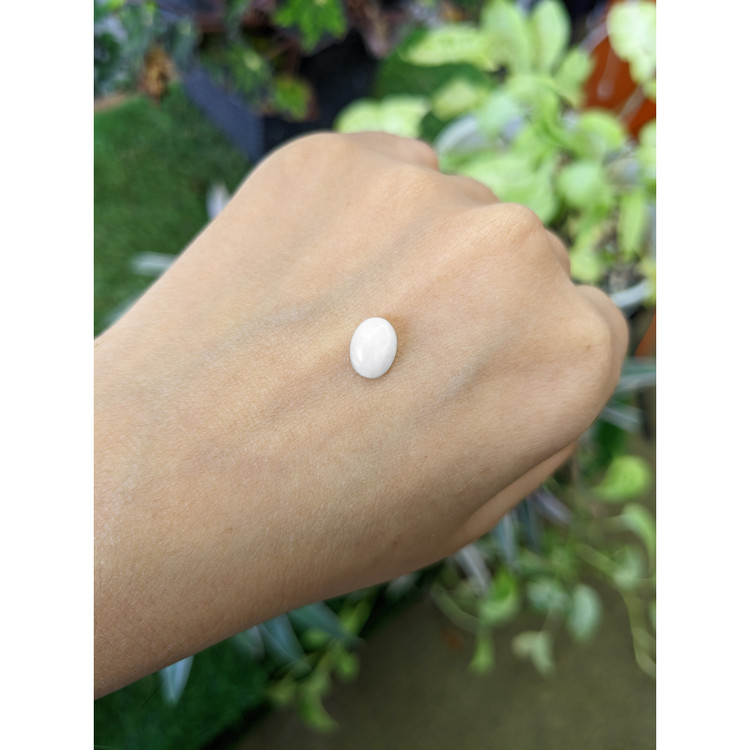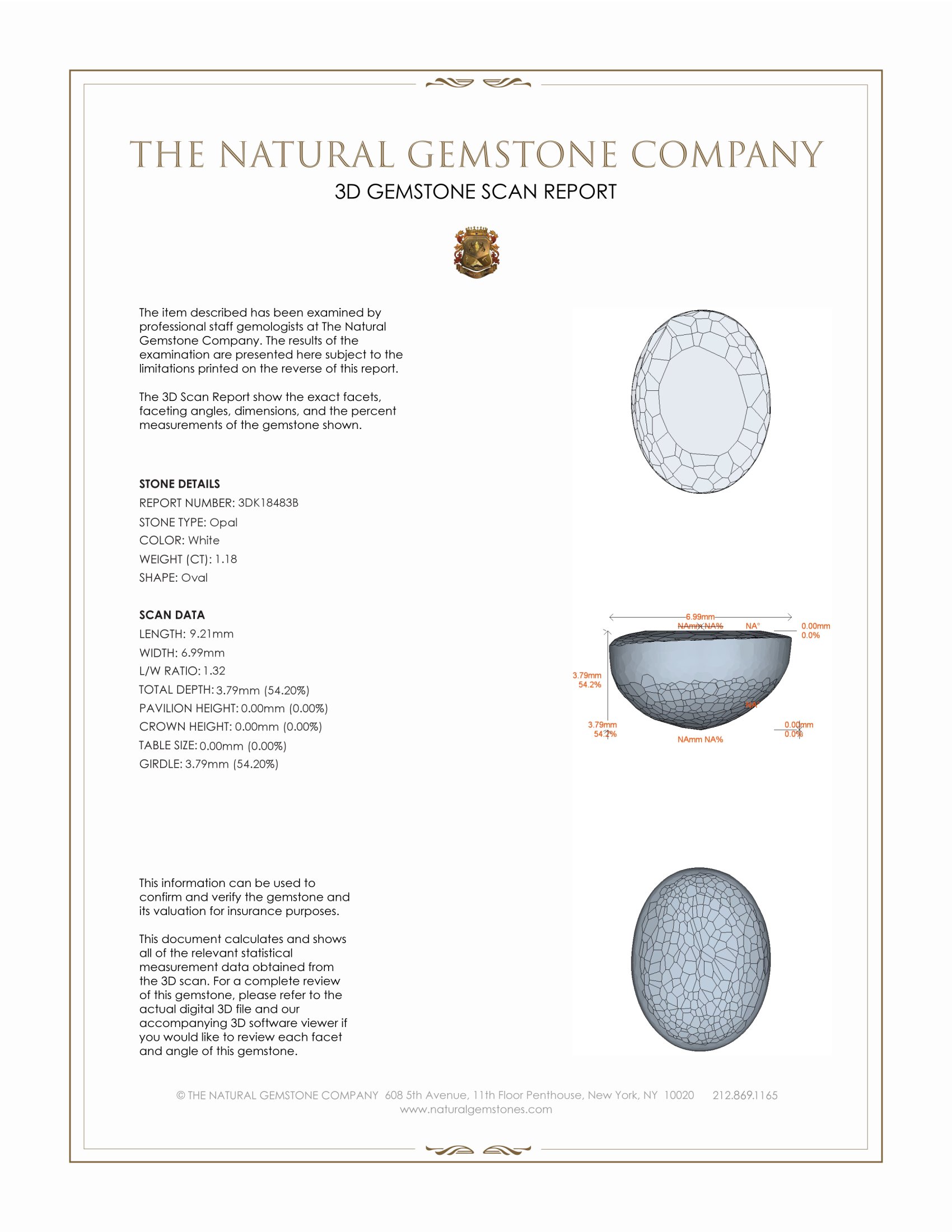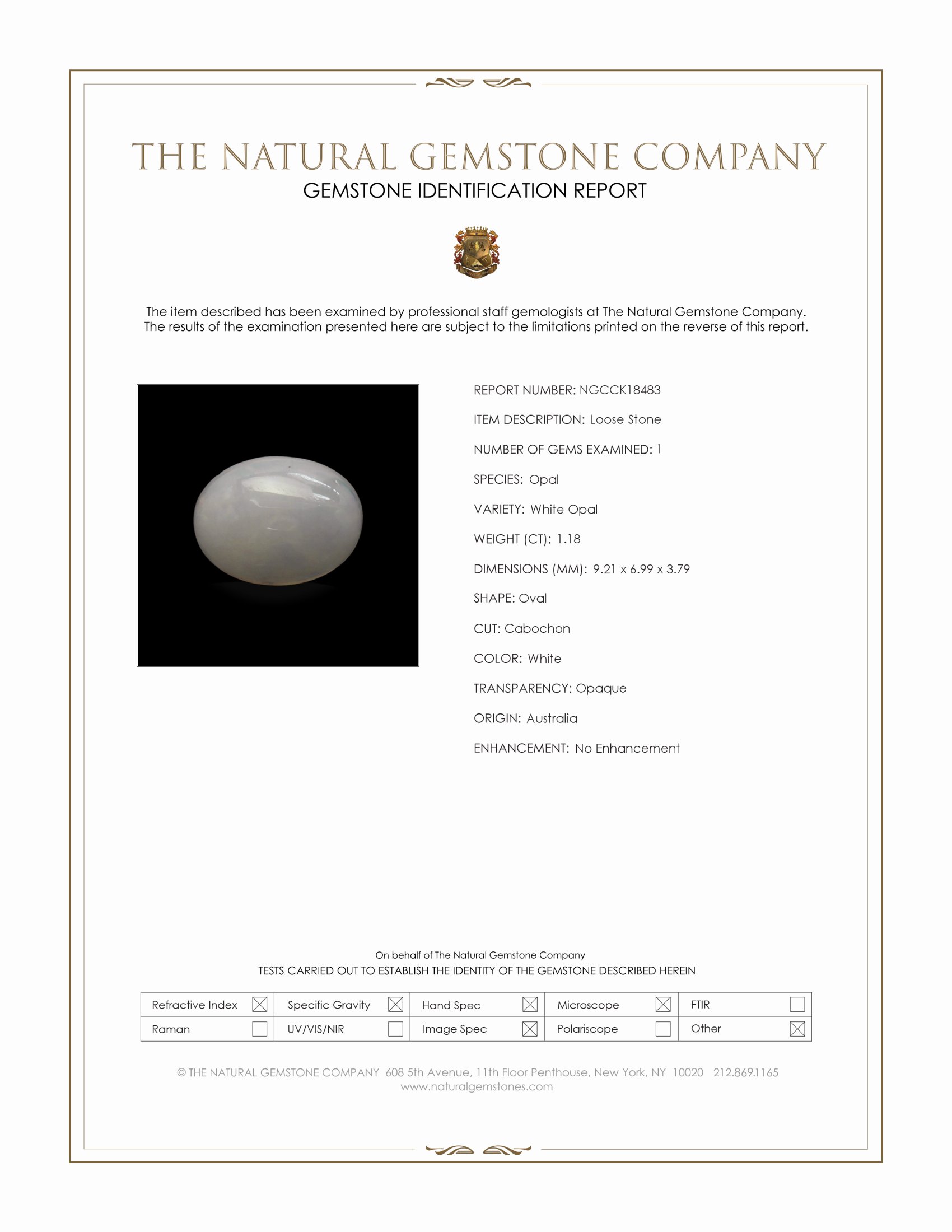- Stone14
- Reports3
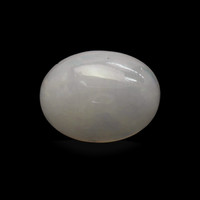

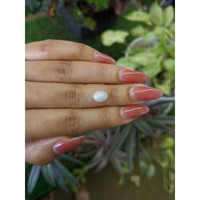
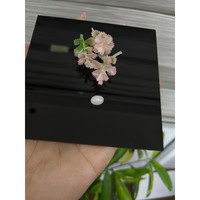
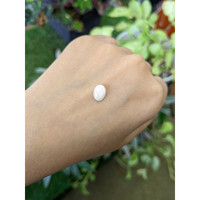
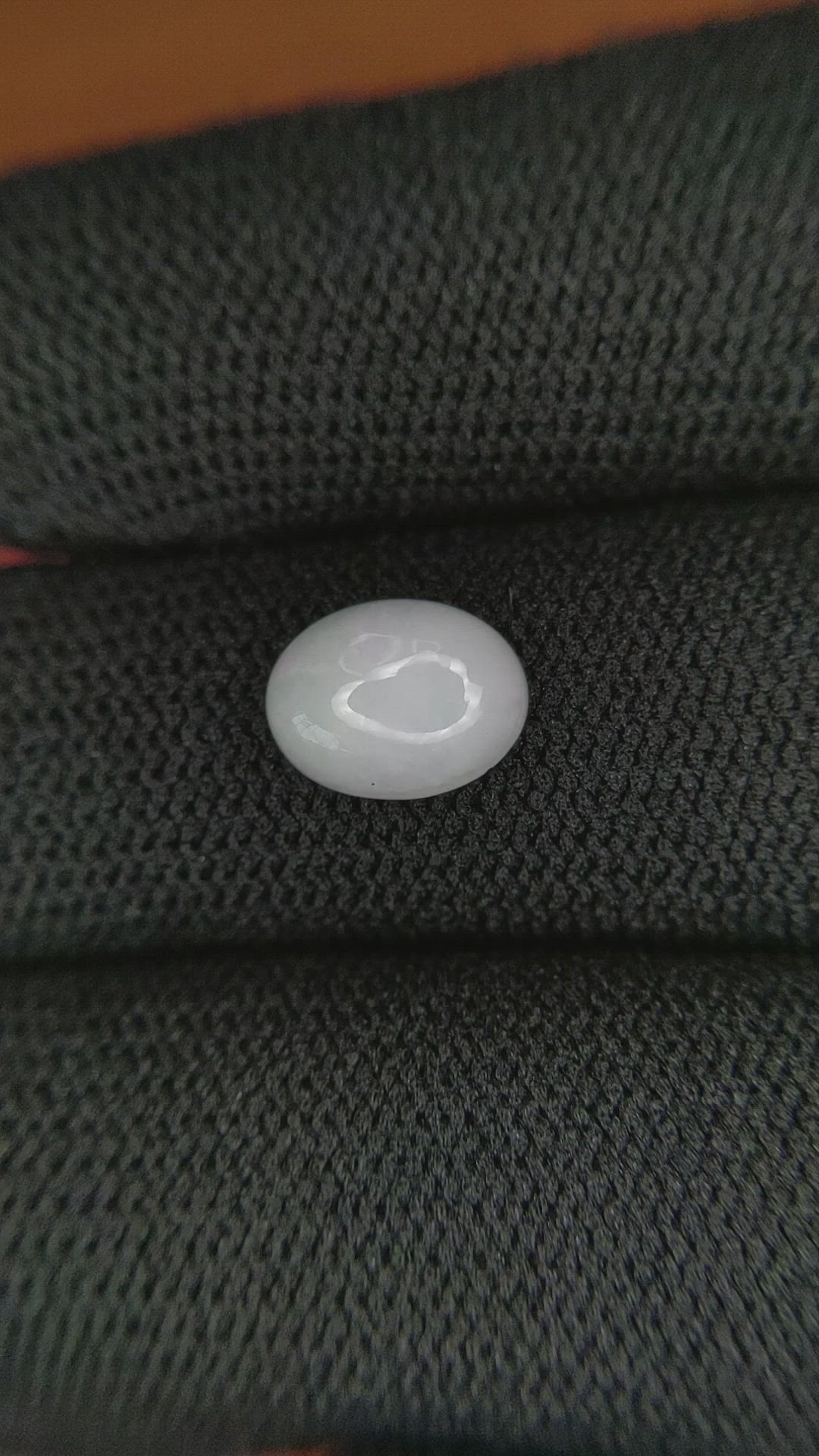

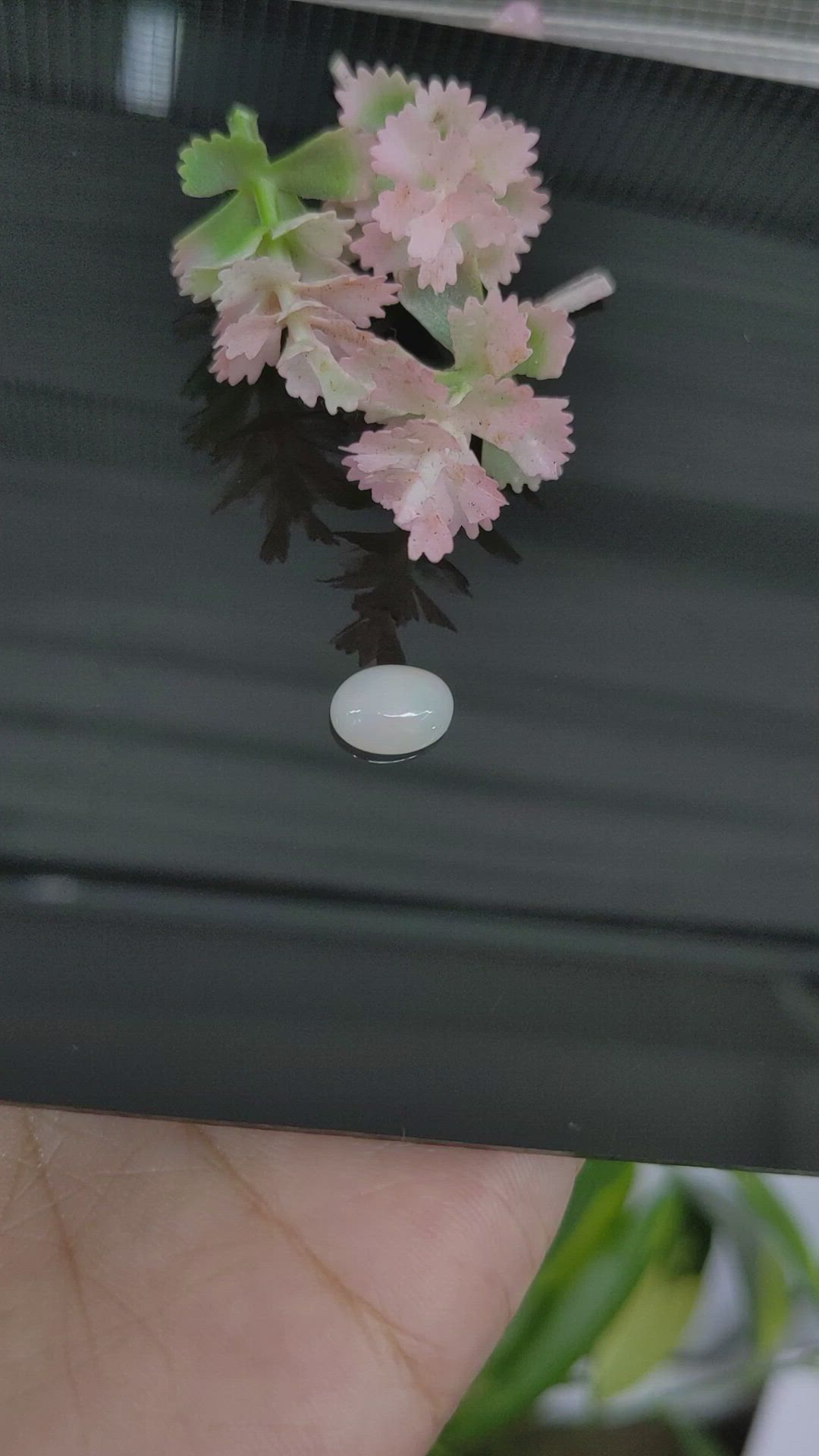
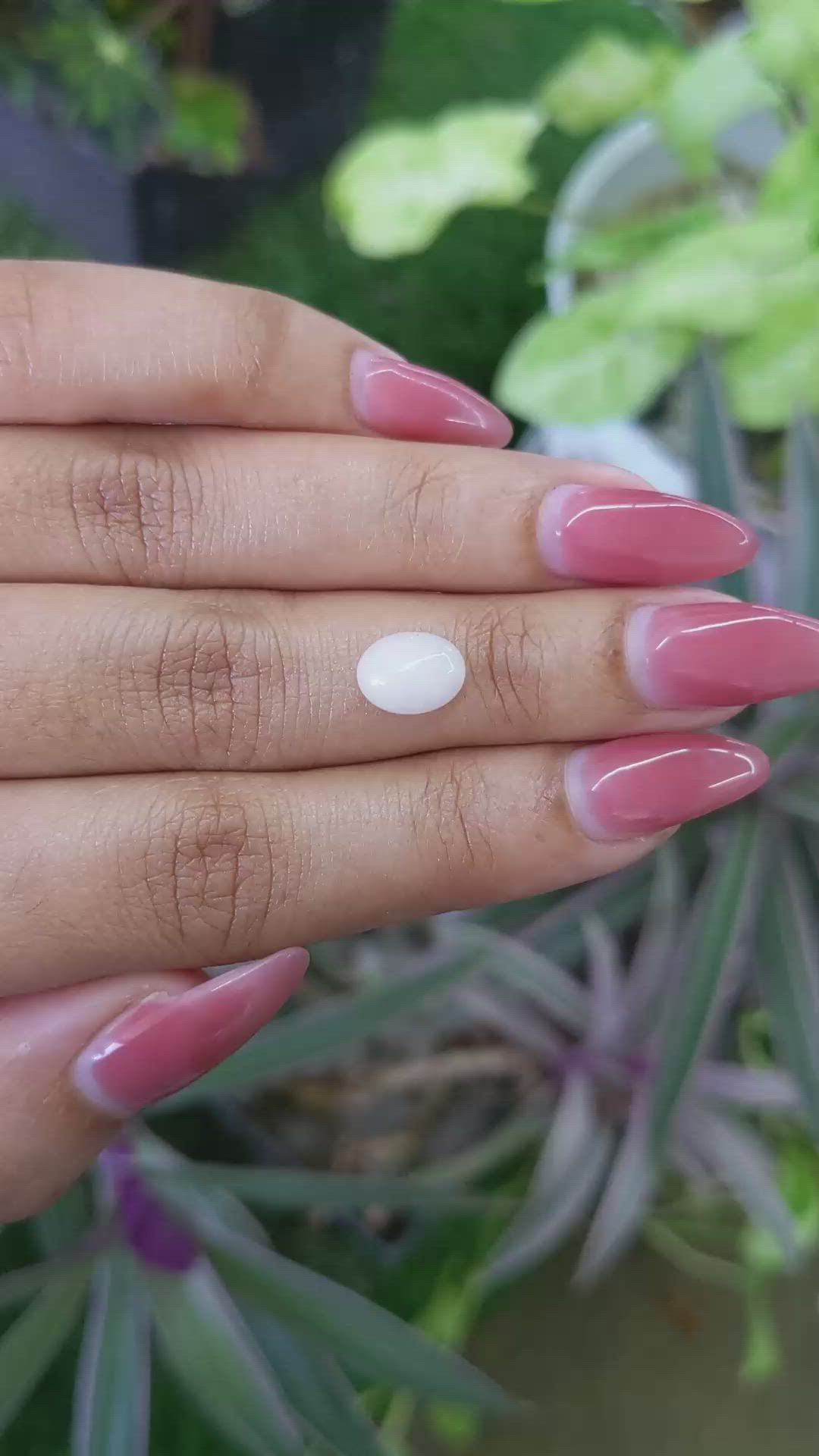
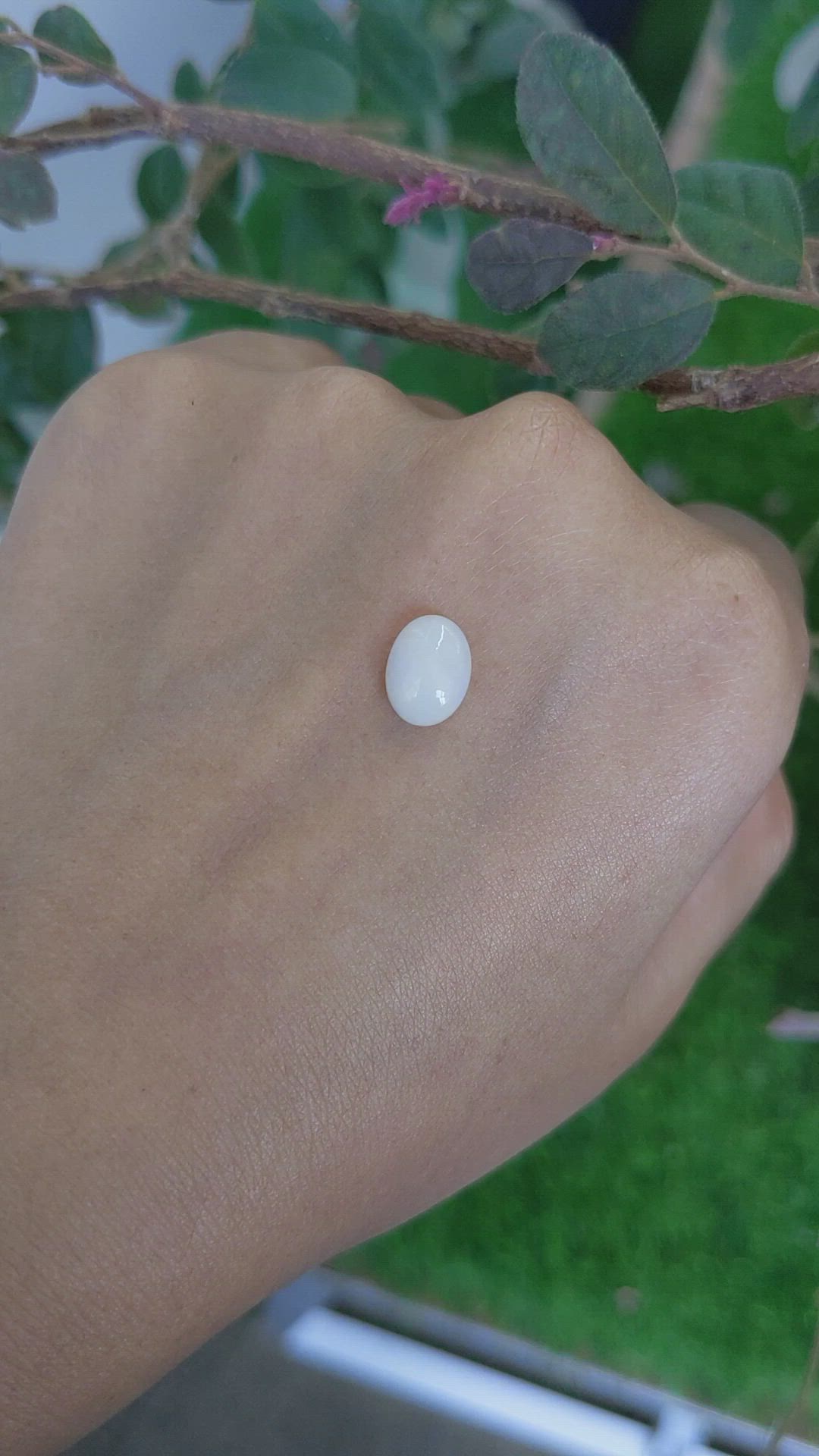

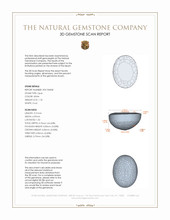
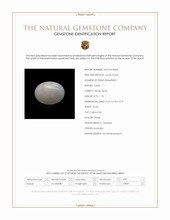

1.18 Ct. Cabochon White Opal from Australia
This loose stone is available to ship now
Item ID: | K18483 |
|---|---|
Dimensions (MM): help | Length: 9.21 Width: 6.99 Height: 3.79 |
Weight: | 1.18 Ct. |
Color: help | White |
Color intensity: help | Near Colorless |
Clarity: help | Very Slightly Included |
Shape: help | Oval |
Cut: | Cabochon |
Cutting style: | Cabochon |
Enhancements: help | No Enhancement |
Origin: help | Australia |
Per carat price: help | $200 |
This listing describes a single, natural White Opal from Australia, weighing 1.18 carat, in an oval shape with dimensions 9.21 by 6.99 by 3.79 millimeters. The gem is cut as a cabochon with a smoothly domed profile and an emphasis on precise geometric shaping and symmetry. The clarity is graded as very slightly included, evaluated at eye level, and the body tone is near colorless, which provides a neutral canvas for the opal internal play of color. The polish is excellent, and there has been no enhancement applied to this stone, ensuring that the material presented is in its natural state. The Natural Gemstone Company provides this description based on direct evaluation and measured specifications, and the origin of the material is stated as Australia, a provenance associated historically with high quality opal specimens.
Although this opal is finished as a cabochon rather than a faceted gem, the term geometric faceting in this context refers to the controlled mathematical shaping and curvature of the dome and pavilion proportions that functionally optimize light interaction. The cutter has applied a geometric approach to the cabochon profile, selecting an oval outline and dome height that are in harmonious proportion to the stone dimensions, and then executed a symmetrical surface with consistent curvature across the crown. This deliberate geometry is intended to maximize the amount of light that penetrates into the opal and interacts with its internal silica sphere matrix, where diffraction and constructive interference generate the characteristic play of color. The result is a surface that behaves in a predictable optical manner, channeling incident light into the opal at angles that enhance visibility of its internal structure, and producing a dynamic yet balanced color display when viewed from multiple directions.
Optical performance in opal depends on both internal structure and external geometry, and this specimen demonstrates the interplay between these factors. The near colorless body tone minimizes masking of subtle spectral flashes, allowing green, blue, and occasional warm tones to emerge against a clean backdrop. The clarity grade of very slightly included, assessed at normal viewing distance, indicates that inclusions are minimal and do not materially interrupt the path of light or the uniformity of the color play across the face of the stone. The excellent polish reduces surface scattering and preserves sharpness of color contrast, so that each movement of the gem presents clear, crisp shifts in hue and intensity. The oval ratio and the measured dimensions provide a generous face up area, maximizing the observable surface where the internal diffraction can be appreciated, while the controlled dome height supports multiple reflection paths within the stone that enrich the perceived depth of color.
Practical considerations for use and care follow directly from these characteristics. The 1.18 carat weight and the oval cabochon proportions make this opal suitable for a variety of settings that expose the dome to light, including rings, pendants, and brooches, where the controlled geometry will contribute to consistent play of color in daily wear. Because the stone is natural and untreated, care should be taken to avoid sudden temperature changes and prolonged exposure to harsh chemicals, and standard opal handling precautions are recommended. The Natural Gemstone Company documents the stated measurements, origin, and enhancement status, and offers the gem as a precisely evaluated example of Australian White Opal, reflecting dedicated cutting practices that emphasize geometric harmony and optical performance rather than decorative alteration.




